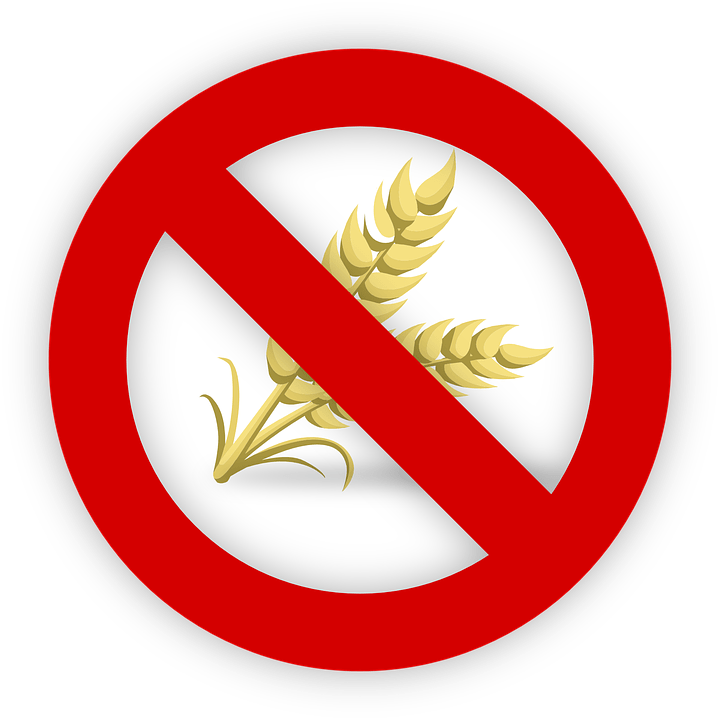
We all need food to survive. Some eat to live; others live to eat. But how many of us know that the food that we eat for nutrition, energy and growth can lead to mild discomfort, serious or life-threatening allergies.
A food allergy is an adverse immunological reaction that affects nearly 1-3% adults and 4-6% children. This is in fact a fast and growing global problem affecting individuals who may require immediate medical intervention.
More than 70 cereals, eggs, nuts, fish, peanuts, soybeans, or dairy products like milk can lead to food allergies. The only way out is to avoid eating certain foods that lead to the specific allergy. In Italy, Spain, or Greece you may come across people suffering from apple, melon, or peach allergies while a lot of people in Switzerland, Norway or Iceland may complain of cod allergy. Similarly a number of people in UK, Hong Kong, Japan, Singapore, or Ghana may vouch that pineapple, bird’s nest, or jack fruit are the biggest cause of allergy in their population, while individuals with pollen or latex allergy may swear that they develop allergic reaction after eating some kinds of fruits, vegetables or nuts. The countries within the EU have included got celery, mustard and sesame seeds in their list of allergens. As a result, all products derived from or using them even in small doses have to mention this on their labels.

There have been instances where some people developed food-induced life-threatening reactions after kissing or exposure to airborne food particles. But still it is impossible to predict the maximum dose of a particular food allergen that it is safe to consume for one and all – because the amount of food that provoked the reaction hasn’t been established.
Many of us think that allergies are diseases that affect almost 40% – sometimes even higher percentage of people living in Western countries. As a matter of fact – it has been observed that many people especially the youth – in UK, USA, and developing countries like Asia or Africa are increasingly becoming prone to allergic diseases. But, this is far from truth. India too is not far behind. Almost 25% of the people in India today are suffering from one or the other allergic conditions.
Already foo d allergy is a big problem affecting billions of people in India. Almost 3% of Indians below 40 years of age are already suffering from food allergies, responsible for over 30,000 emergency treatment and 100 to 200 deaths per year in India. Peanuts are the single largest cause of allergy among three million Indians, while a research study conducted by Dr.P.A. Mahesh a Mysore based Pulmonologist, at the Allergy Asthma & Chest Centre observed that among others – lady finger, cucumber, brinjal, and papaya are among the most common food allergen. After studying the impact of some 24 common foods the study reported a high level of sensitization (26.5%) for most of the foods – much higher than the results observed among adults in Europe. Surprisingly cow’s milk (0.5%) and apple (0.5%) accounted for was 1.2% of allergy among 11,791 adults – between 20-54 of age in South India.
d allergy is a big problem affecting billions of people in India. Almost 3% of Indians below 40 years of age are already suffering from food allergies, responsible for over 30,000 emergency treatment and 100 to 200 deaths per year in India. Peanuts are the single largest cause of allergy among three million Indians, while a research study conducted by Dr.P.A. Mahesh a Mysore based Pulmonologist, at the Allergy Asthma & Chest Centre observed that among others – lady finger, cucumber, brinjal, and papaya are among the most common food allergen. After studying the impact of some 24 common foods the study reported a high level of sensitization (26.5%) for most of the foods – much higher than the results observed among adults in Europe. Surprisingly cow’s milk (0.5%) and apple (0.5%) accounted for was 1.2% of allergy among 11,791 adults – between 20-54 of age in South India.
The most common symptom of allergies observed by Mahesh PA, Director at Allergy Asthma Associates and his team include mild discomfort to severe reactions of skin (inflammation, itching, soreness), gastrointestinal tract (pain, nausea, vomiting, diarrhoea, itching and swelling), respiratory tract (asthma or inflammation of the nose /throat), eyes (inflammation or irritation), or cardiovascular system (blood pressure, angina, abnormal rhythm, or loss of consciousness). This is a serious cause of concern as the adrenaline auto-injector pens are rarely available and many people find it difficult to afford them. As a result most people have no choice but to carry pre-prepared and cheap syringes of adrenaline with them. This adrenaline drawn from ampoules degrades very quickly due to heat during summers and people have to change their syringe frequently to avoid the risk due to anaphylaxis. Another big problem is that not many studies and research has been conducted in the Indian conditions and there is no stringent legal framework for food labeling, and allergen declaration. Also by and large, people don’t know whom to turn to for help and continue to suffer from the longer-term implications of food allergies without any machinery to inform, support and empower them and their families. The net result is that they continue to suffer silently without exactly knowing the exact cause of food intolerance or coeliac disease before it gets out of hand.
Another dimension of the problem is that many potential victims may not develop noticeable symptoms during the initial stages and thus keep consuming the offending foods without realizing it’s mild, serious, or fatal reaction inside their body.
Avoiding the offending food to forgo the effect of food allergy is not easy and has the potential to affect the quality of life and economy of allergy-prone individual and the entire range of stakeholders involved in preparing and supplying food like the FMCG, ready to eat/ snack food manufactures, fast food outlets, and caterers.
According to the World Allergy Organization the nomenclature for allergic and allergic reactions include terms like adverse non-toxic reaction, food hypersensitivity, food allergy, food intolerance and non-allergic food hypersensitivity or lactose (milk) intolerance.
Typically the symptoms of allergic reactions may appear within a few minutes to an hour after eating the offending food and may last for — anywhere between one day to several weeks. The symptoms and severity may depend on the amount of the allergen consumed and the immunity/sensitivity of the allergic person to fight it off.
The following foods and their byproducts can lead to hypersensitivity:
- Cereals containing gluten: like wheat, barley, rye, oats, or products using the them in any form
- Crustaceans or aquatic animals like crabs, lobsters, shrimps, prawns, or Japanese spider crab
- Peanuts, soybeans and other products using them as ingredients
- Milk and dairy products (including lactose)
- Fish, prawn and their processed byproducts like fishmeal, liver oils, protein concentrate, albumin, glue, gelatin, pearl essence, amino acids, and skin leather
- Eggs and poultry products

